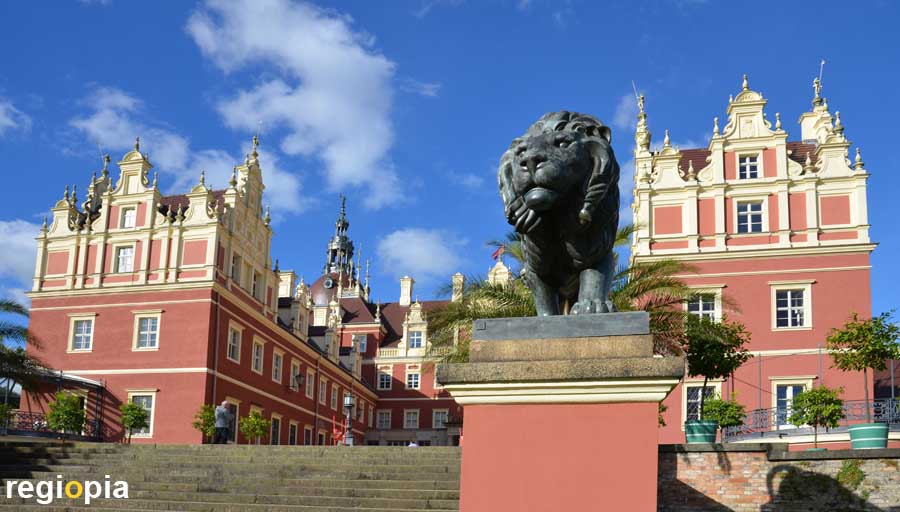
Bad Muskau Castle
The castle in Bad Muskau is located in a spacious park, created by Hermann Prince of Pückler-Muskau. Since there are two castles in the park, a distinction is made between the old and the new castle. Both castles stand at the lake. The Old Castle is smaller and more oriented towards the city. The New Palace (photo) is a magnificent neo-Renaissance building opening out to the park. The new castle was built on the foundation walls of a water castle. After considerable war damage, the New Castle was renovated from 1990 onwards.
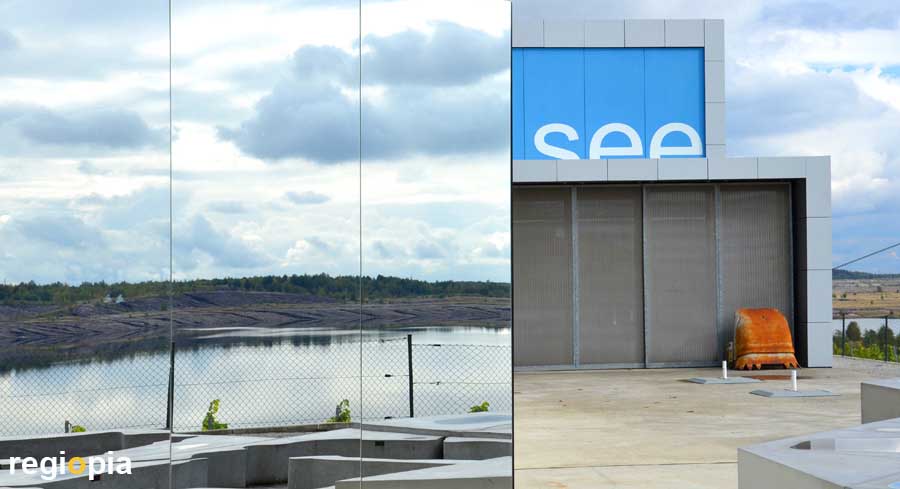
IBA Information Center
The "IBA Terrassen" was established in 2004 as an information center for the IBA Fürst-Pückler-Land. On the slope edge of the former Meuro open-cast mine, Frankfurt architect Ferdinand Heide designed a 270 m long terrace made of exposed concrete, on which 3 pavilions stand. From the terrace you can look out over the lake that arose after the end of the lignite mine. The international building exhibition was part of the structural change in Lusatia. The former open-cast mines were converted into a lake landscape. This process is still ongoing because there is not enough water in Lusatia. The IBA projects are presented in the information center. From the café you can watch the slowly changing landscape.
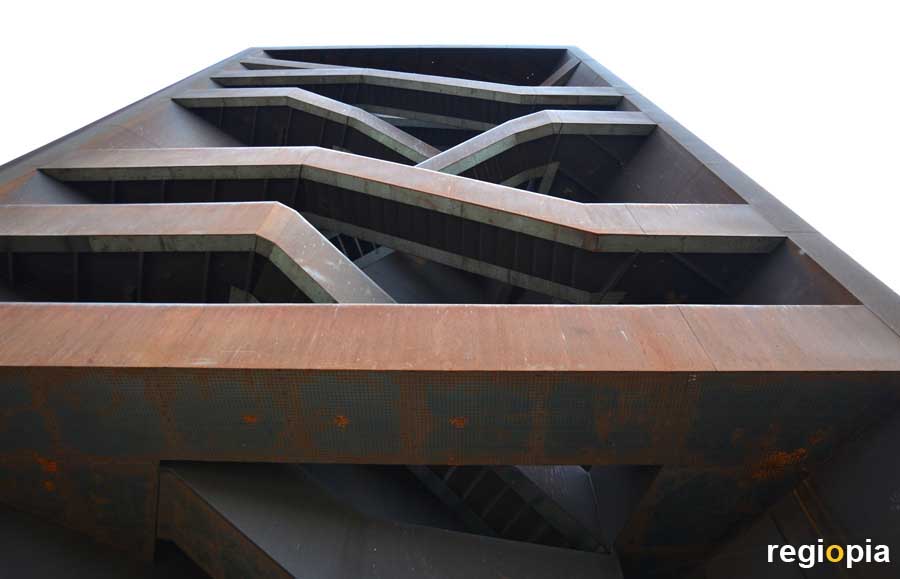
IBA Landmark
The "IBA Landmark" is made of 111 t Cortensteel and surpasses the "Sorno Canal", which connects the Geierswalder Lake with Lake Sedlitz. The two former open pit mines form a lake district with other flooded pits. Due to the rusty appearance, the landmark is also called "Rostiger Nagel" (rusty nail). The building was created in 2008 as part of the "International Building Exposition IBA Fürst-Pückler-Land". The designer of the steel sculpture was the Munich based architect Stefan Giers. The stairs leads to the viewing platform at a height of 30 m. The "Landmarke" is a bit off the beaten track and can be reached by bicycle or by car from the "Dorfstraße" in Kleinkoschen, a suburb of Senftenberg.
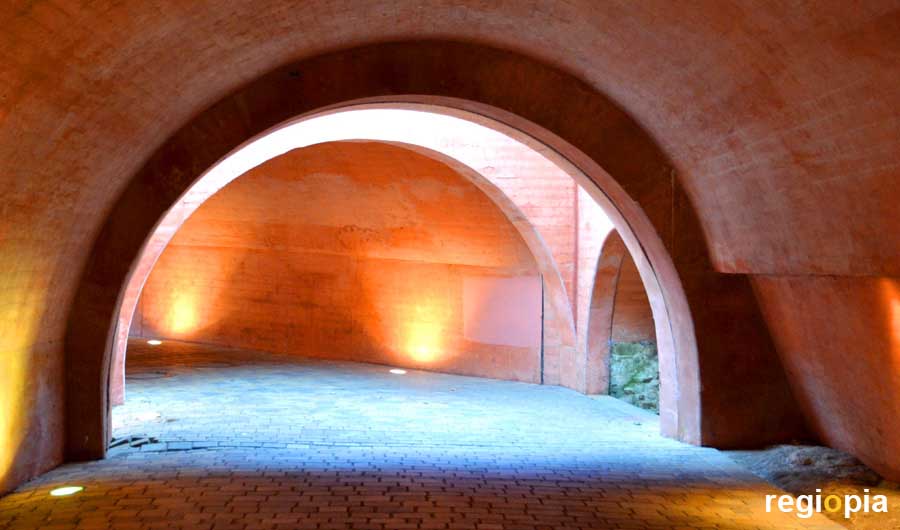
Senftenberg fortress
The special thing about the Senftenberg fortress (Festung) is, that the earth ramparts of the former citadel are still preserved. To get to the castle, you have to go through the vault of the citadel. The fortress was built in the 12th century and served military purposes until 1764. The fortress is situated between the old town and Lake Senftenberg and is surrounded by the castle park. The garden town of Marga on Briesker Straße, is another attraction of the city. Senftenberg is located about 30 kilometers southwest of Cottbus.
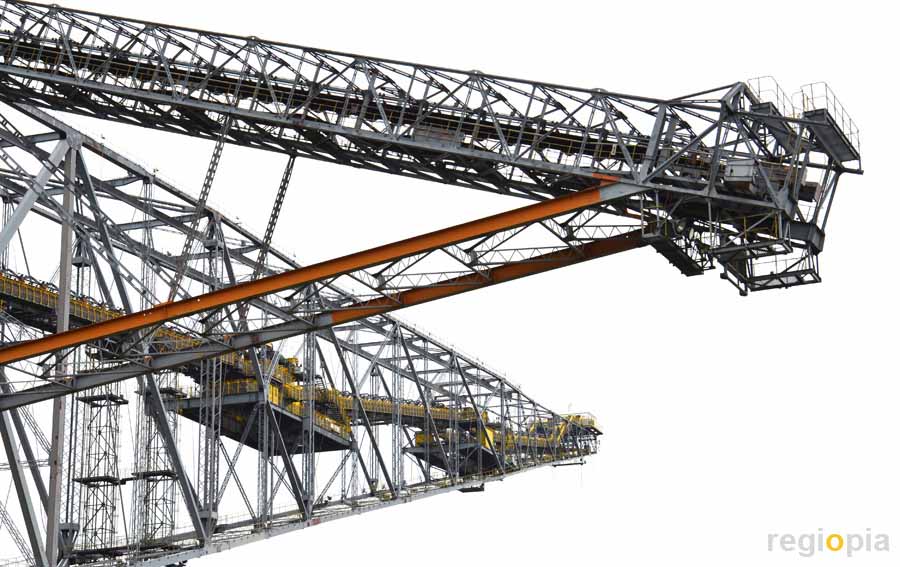
Förderbrücke F60
The F60 lignite conveyor bridge was built in 1991 and shut down in 1992. The 80 m high, 502 m long and 204 m wide steel construction can be viewed on a guided tour. The gigantic steel colossus stands above the Bergheider lake, a flooded brown coal mine. From the former conveyor bridge you can see far across the flat landscape. The overburden transportation structure was able to remove 29,000 m³ of earth per hour. If the F60 were to be placed vertically, it would rise 178 m above the Eiffel Tower. At the foot of the monster there is an exhibition hall with gastronomy.
Bergheider Str. 4, Lichterfeld
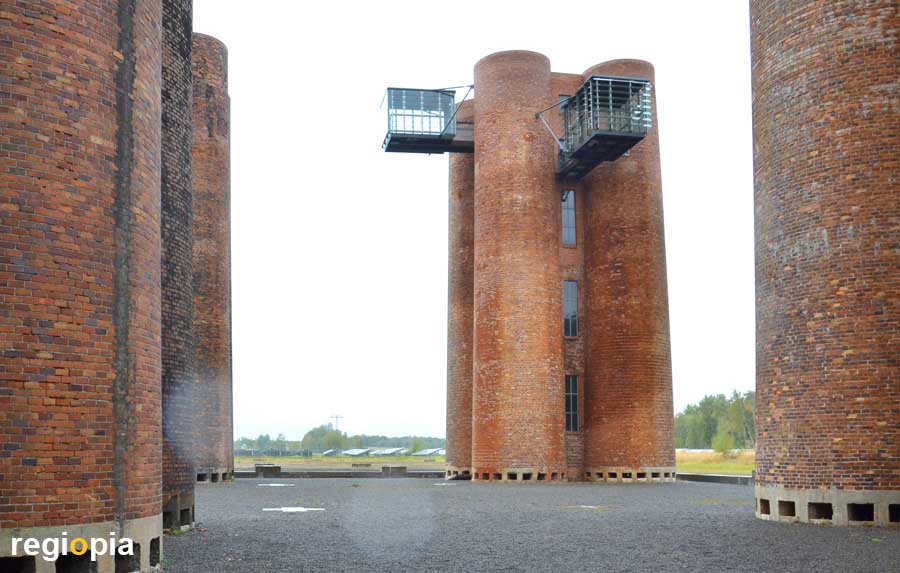
Biotürme in Lauchhammer
The "bio towers" were part of the Lauchhammer high-temperature brown coal coking plant and served as a wastewater treatment plant. The six towers, each 22 m high, were built in 1952 and were decommissioned in 2002. The "bio towers" are a unique industrial monument. There is a viewing platform in one of the towers. The bio towers were preserved by the IBA Fürst Pückler Land and are now one of the best-known industrial monuments in Lusatia.
Finsterwalder Str. 57, Lauchhammer
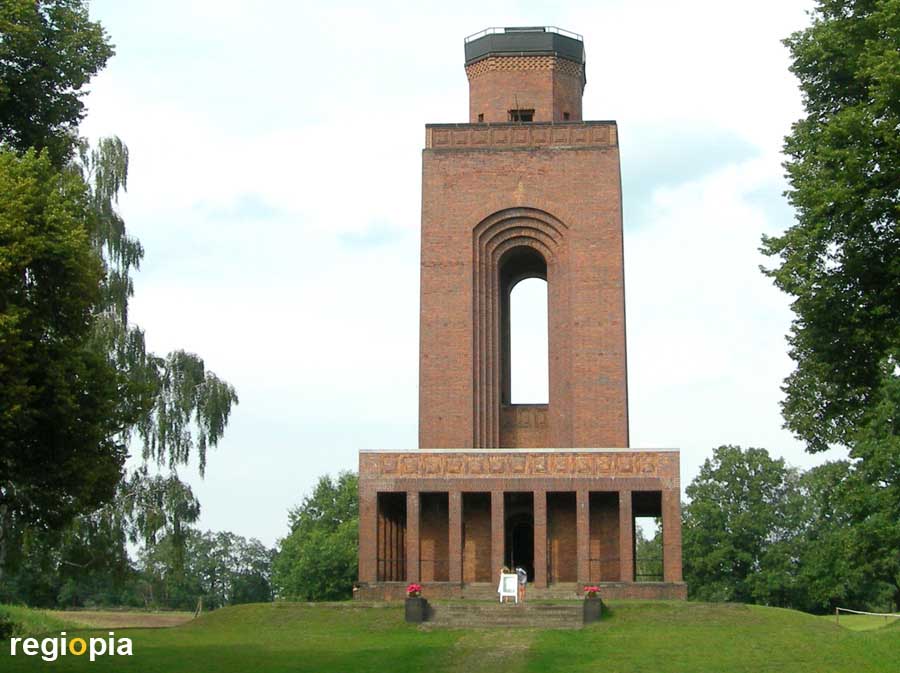
Bismarck Tower in Burg
Bismarck towers were built in honor of the Chancellor "Otto von Bismarck" in many german cities. He is considered the founder of the "German Empire". Under his direction, Germany was united under Prussian rule. He ended the democracy of the Frankfurt Parliament and the unity with Austria. The empire led to colonialism and the First World War. For this reason, Bismarck's politics are viewed rather critically today. The Bismarck Tower in Burg Spreewald was built in 1917 by the Berlin architect Bruno Möhring.
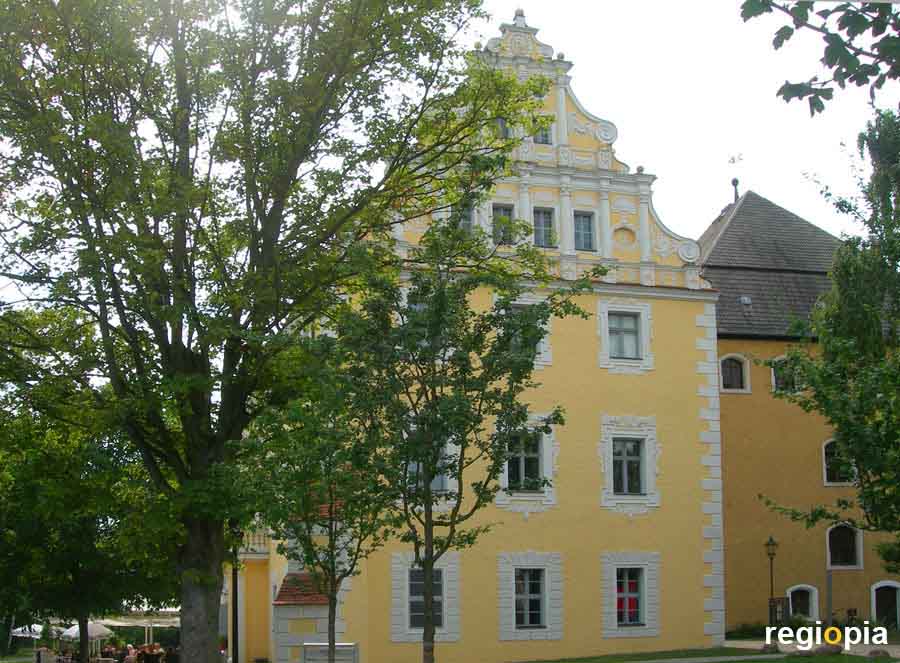
Lübben Castle
The castle in Lübben (Spreewald) dates back to a medieval moated castle. The current castle or "Oberamtshaus" was built in 1682 in the late Renaissance style. Other parts of the castle, such as the tower, are of older origin. In the castle there is a museum and a café with a terrace facing the castle island. The castle island is a park surrounded by canals.
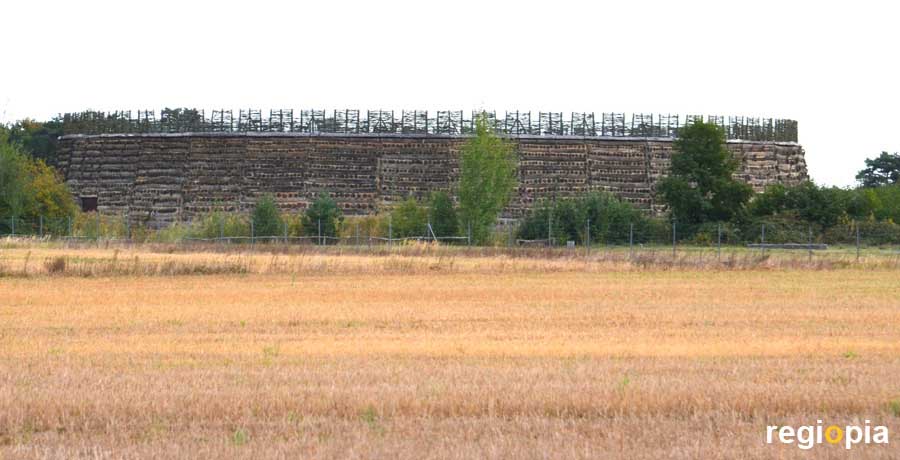
Slawenburg Raddusch
The Slavic tribe of the "Lusizi" built about 50 castles south of the river Spree. One of these castles was reconstructed in Raddusch. The castles were built of wood and filled with sand and earth. There was a moat around the defense structure, the actual settlement was in front of the castle. The Slavic castles were built between AD 800 and 900. The castle is located near the Autobahn 15 between Vetschau and Lübbenau.
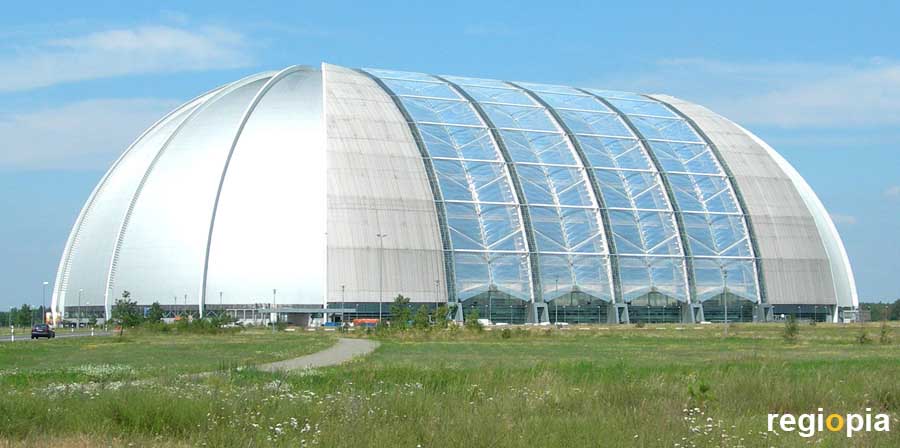
Tropical Islands / CargoLifter Halle
The "CargoLifter" airship hangar was built in 2000 and is 360 m long, 210 m wide and 107 m high. After the Zeppelin Group's bankruptcy in 2002, a leisure park with lagoons and a tropical ambience was created in the hall. Tropical Islands is a holiday park with a hotel, restaurants, slides and various pools. The size of the hall is very impressive. The former CargoLifter hangar is located between Berlin and Cottbus on the A13 Staakow exit.
Tropical-Islands-Allee 1, Krausnick
Map of attractions in Lusatia
ads
Travel Guide Cottbus
ads
ads


